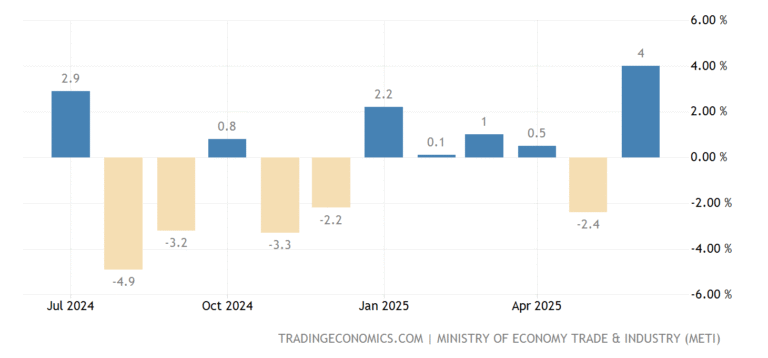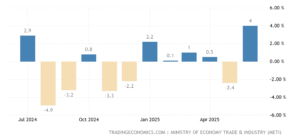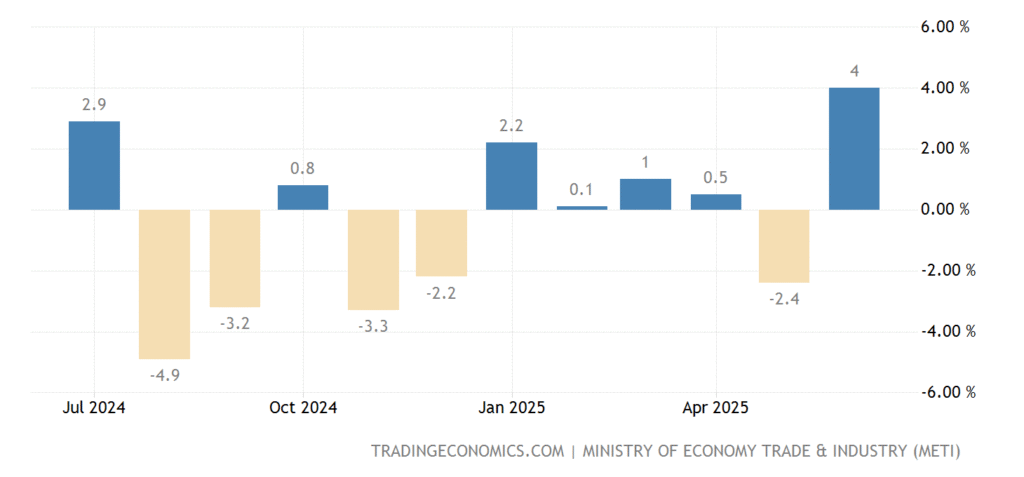Global financial markets experienced a mixed session on February 21, 2025, as investors grappled with mounting uncertainty surrounding trade negotiations and economic outlooks. While some stock indexes managed modest gains, others faced selling pressure amid concerns over shifting geopolitical dynamics and fluctuating commodity prices, notably in the oil sector.
Equities Show Divergent Trends Amid Trade Ambiguity
The broad global equity landscape exhibited uneven performance, reflecting investor caution over the unclear direction of upcoming trade policies. European markets showed relative resilience, with Germany’s DAX rising 0.4% and France’s CAC 40 up by 0.3%, buoyed by encouraging corporate earnings in the technology and industrial sectors. Conversely, the UK’s FTSE 100 slipped 0.2%, weighed down by concerns over export growth amid ongoing Brexit-related trade negotiations with the European Union.
Across Asia, markets also mirrored this divergence. Japan’s Nikkei 225 edged down 0.1% as export-dependent manufacturers faced headwinds from weakening demand forecasts in China and the US. Meanwhile, South Korea’s KOSPI advanced 0.5%, supported by strong performances in semiconductor and biotech stocks.
Market analysts attributed the mixed equities performance to heightened investor sensitivity to ongoing trade talks between major economic powers. The delay in clarity on tariff adjustments and regulatory harmonization has intensified caution, prompting some investors to shift toward safer assets.
Oil Prices Slide on Supply Glut and Demand Concerns
Oil prices fell sharply on February 21, reflecting uncertainty about global demand and concerns over excess supply. Brent crude futures dropped 3.2% to $68.45 per barrel, while West Texas Intermediate (WTI) crude fell 3.5% to $63.80 per barrel.
Industry experts cited a combination of factors weighing on oil markets. The International Energy Agency (IEA) recently revised down its global oil demand forecast for 2025, citing slowing economic growth in key regions, including Europe and parts of Asia. This downgrade came amid lingering doubts over the outcome of trade talks that could influence industrial output and transportation demand.
Additionally, reports indicate that major oil producers, including OPEC members and allied nations, have yet to reach consensus on output adjustments. This has contributed to a persistent supply glut, exacerbated by increased shale oil production in the United States. The resulting imbalance continues to pressure prices downward.
Market Sentiment Remains Fragile
Investor sentiment remains fragile as markets await definitive signals on trade and economic policies. “The current environment is characterized by a wait-and-see approach,” said Elena Morozova, senior market strategist at EuroInvest Analytics. “Until trade frameworks and regulatory clarity emerge, volatility is likely to persist across asset classes.”
Safe-haven assets such as gold and government bonds saw increased demand, with gold prices rising 1.1% to $1,950 per ounce. US Treasury yields declined slightly, reflecting cautious positioning by fixed-income investors amid uncertain macroeconomic conditions.
Corporate Earnings and Economic Data in Focus
Market participants are closely monitoring upcoming corporate earnings reports and key economic indicators that could provide further insights into the health of the global economy. The release of US industrial production figures and European manufacturing data later this week will be particularly important in shaping near-term market direction.
In the technology sector, several leading companies are scheduled to report quarterly results, offering investors a window into innovation trends and consumer demand amidst a complex geopolitical backdrop.
Regional Implications of Trade Uncertainty
Trade tensions continue to reverberate across regions. In Asia, export-reliant economies such as Taiwan and Singapore are especially vulnerable to shifts in trade policies. Analysts caution that delays in finalizing trade agreements could dampen growth prospects and disrupt supply chains.
In Europe, policymakers face challenges balancing protective measures with commitments to free trade. The European Commission has reiterated its commitment to maintaining open markets while safeguarding strategic industries, underscoring the delicate balancing act amid geopolitical pressures.
Outlook
Looking ahead, market volatility is expected to continue as stakeholders await clarity on trade developments and global economic trajectories. Investors are advised to remain vigilant and diversified, given the potential for rapid changes in market dynamics.
This article is for informational purposes only and does not constitute financial advice.












